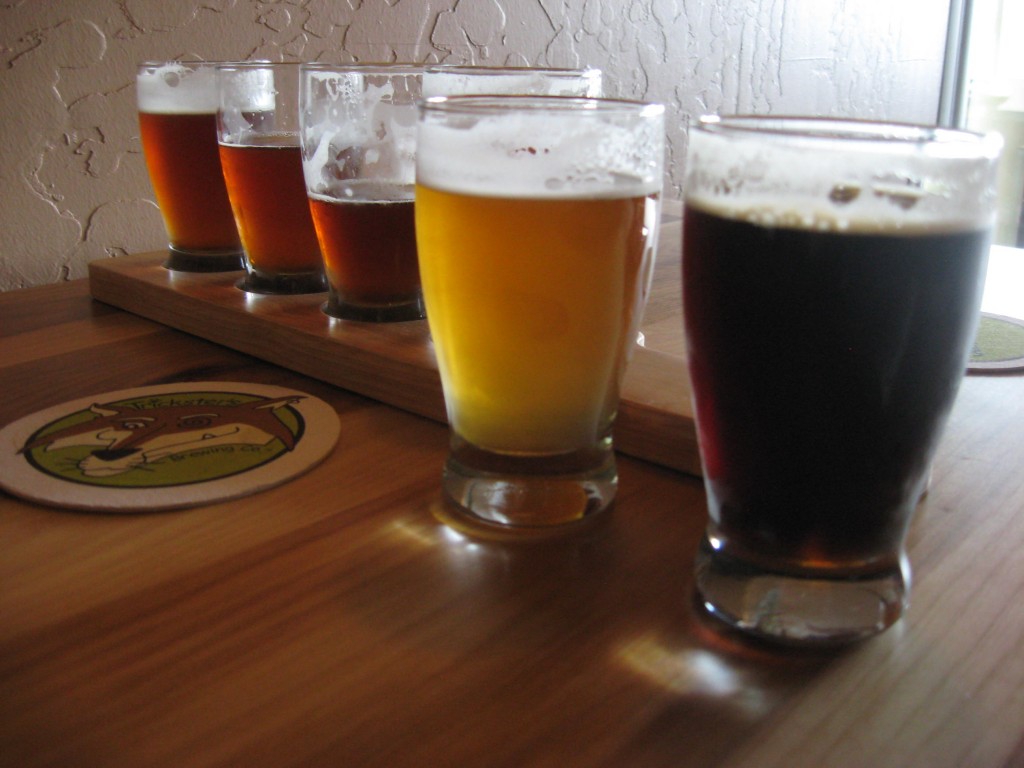Written by Franz Hofer for A Tempest in a Tankard
~The Lay of the Land~
Munich. Beer gardens. And beer hiking. Three things I can’t get enough of. Put them all together and you have a ramble that takes you to some of Munich’s most beloved and most illustrious beer gardens.
For years I’d had an urban beer hiking itinerary in mind that would take in the fine beer gardens in the woods along the Isar River in southern Munich. With indoor dining still subject to Covid regulations in the early autumn of 2021, I had the perfect opportunity to do just that. And now I’ve finally gotten around to putting it all together in a post.
Mid-September is a time when you can get drenched in a downpour one year and need nothing more than summer apparel the next. The forecast previous to my arrival called for sunshine, but by the time I arrived in Munich a light drizzle had descended upon the city. Undaunted, I took Tram 25 to its terminus in Grünwald in the southern reaches of Munich to piece together a beer garden jaunt from beer gardens I had visited in the past.
This 15-kilometer walk takes you north from your starting point at the Brückenwirt along the Isar through wooded areas and small hamlets. Beer garden stops along the way include the Waldwirtschaft, the Menterschwaige, and Hinterbrühl. Zum Flaucher rounds it all out. Just as enjoyable as the beer gardens themselves are the amusing stories and legends attached to them.
Time to go exploring!
Want to read more? Please click… HERE!!!










